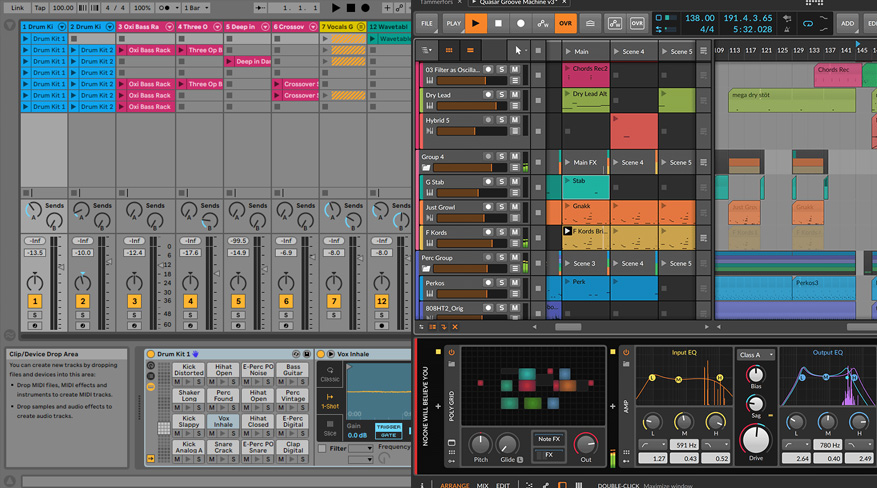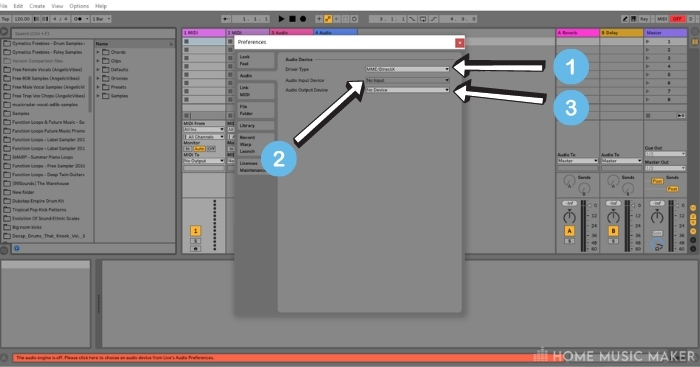

It’s shocking how different they can sound – it’s not like using a guitar amp. When working on guitar sounds, perhaps more than any other, it’s important to alternate monitoring with headphones and monitors.

If you’re likely to have a lot of music gear connected, then Live 10 allows you go into Preferences and name each audio input and output, which can make it faster to set up. You can use any audio interface that has an instrument input, although not all are created equal – you want a clean signal with plenty of gain, otherwise you’ll have to add external boosters which is kind of against the point. Use it to reproduce your current sound in a digital format, or blow the doors off and expand into entirely new sonic territory. Live 10 in particular has added features that make it easier than ever to run a fully functional computer guitar rig. It also makes for a fantastic portable mini-rig if you need to travel light or on a budget. You can put it to work for practice, performance, looping, control, and production, using it instead of, or alongside, your beloved hardware. Ableton Live has always versatile, and that’s just as true for guitarists and bass players as for synth heads or anybody else. However, a new generation of guitarists are far more comfortable with software, computers and mobile devices, so there’s no excuse for anyone to be a tech hold-out any longer. For a long time it seemed like guitarists were resisting using computers, and it’s actually quite easy to understand why.


 0 kommentar(er)
0 kommentar(er)
